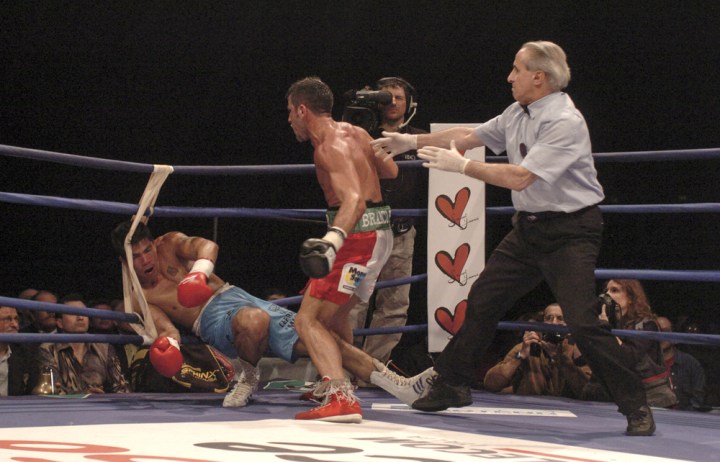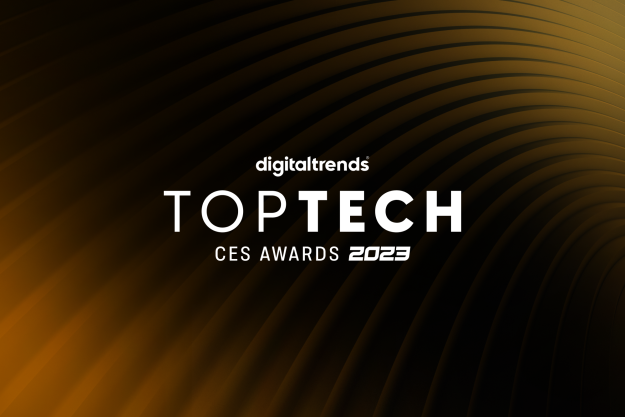
If PunchForce sounds familiar, it’s probably because you’ve heard about it before. The tech first started creating its fair share of buzz back in 2012 after the FCC and the Nevada State Athletic Commission gave the device their thumbs up for use. Despite clearing this key hurdle, PunchForce failed to widely catch on with many boxing circles outside of HBO. In the years since its initial approval, HBO has been hard at work conducting research on the tech in hopes that it will eventually become the standard for fights aired on the network.
When it first debuted, PunchForce engineers intended for installation of the chip to take place near the wrist region of a fighter’s glove. However, the currently patented version sees the tiny chip installed at the front of the boxing glove which should allow for more accurate readings. By utilizing a set of accelerometers and gyroscopes, these chips have the ability to calculate an array of physics relating to punches thrown. Specifically, the gyroscope helps monitor each punch’s orientation while the accelerometer measures non-gravitational acceleration (aka punch force and velocity).
Aside from gaining insights related to punch velocity and power, the company appears to have its eyes set on perfecting PunchForce to become the industry standard for scoring. Currently, fight judges employ an incredibly archaic system called Compubox — which is essentially just two people sitting inches from the ring and pushing buttons when they see landed punches. Human error alone makes the tech incredibly inaccurate and inefficient.
Before HBO can oust the Compubox as the scoring standard, it needs to answer a bevy of questions regarding PunchForce and its inherent effectiveness. Will its chips provide accurate enough data to accurately track each punch landed and missed? What’s the protocol for testing each device prior to use, and who runs these tests? It’s also worth pointing out that anyone with a little computing know-how could likely alter a PunchForce chip and fix a fight’s outcome. Considering just how much money is on the line in some boxing matches, such an easily-corruptible system could ultimately prove to be no more beneficial than human scoring.
Even with a laundry list of potential risks and pitfalls, HBO obviously felt confident enough in PunchForce to submit an official patent for the tech. While only time will tell if it does, in fact, possess the ability to score small jabs better than a ringside judge, hopefully it isn’t too long before fight fans see just how powerful their favorite fighters are.



